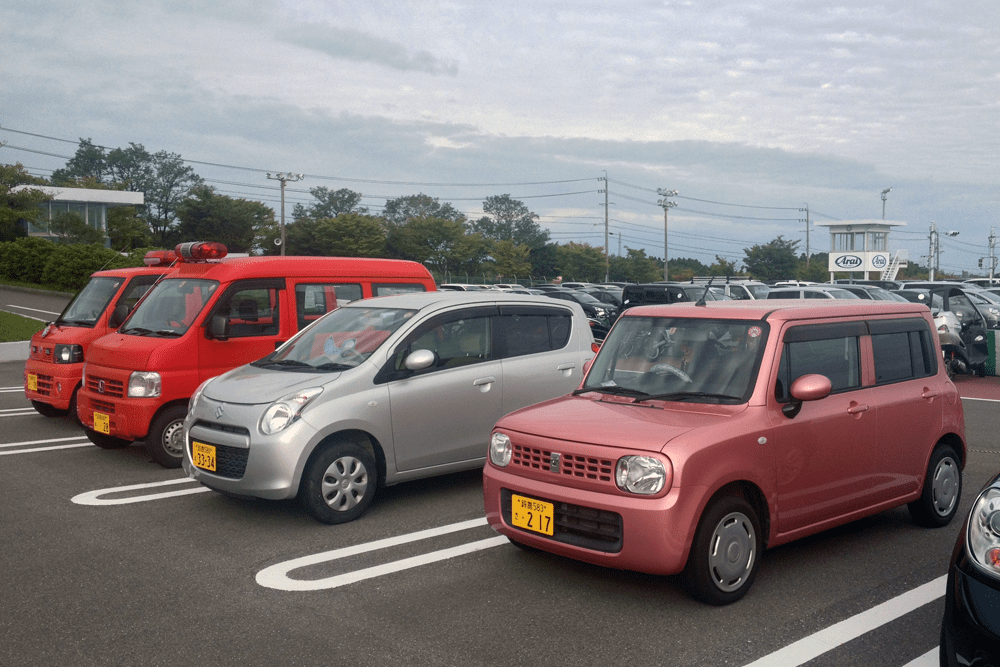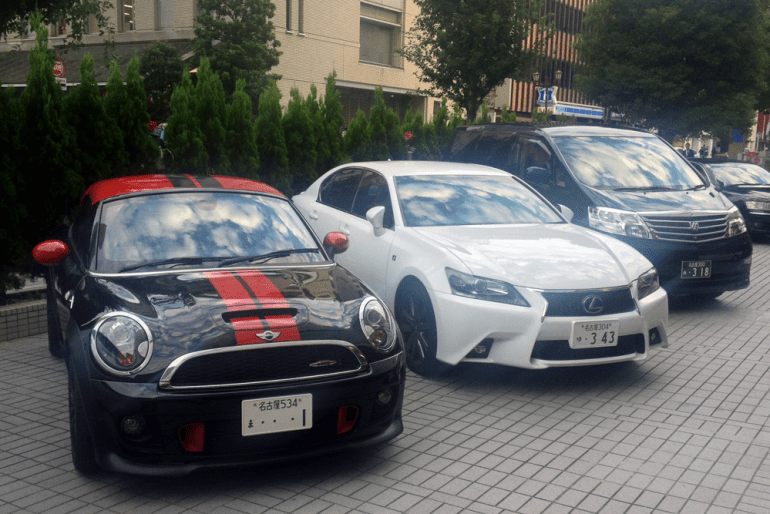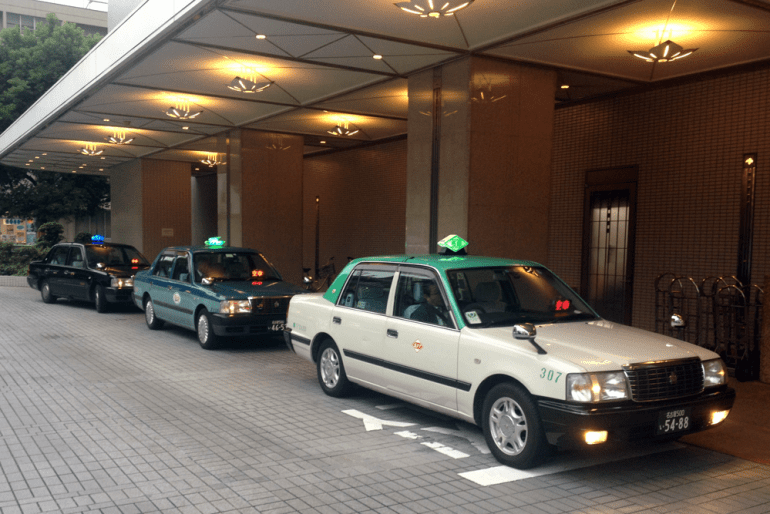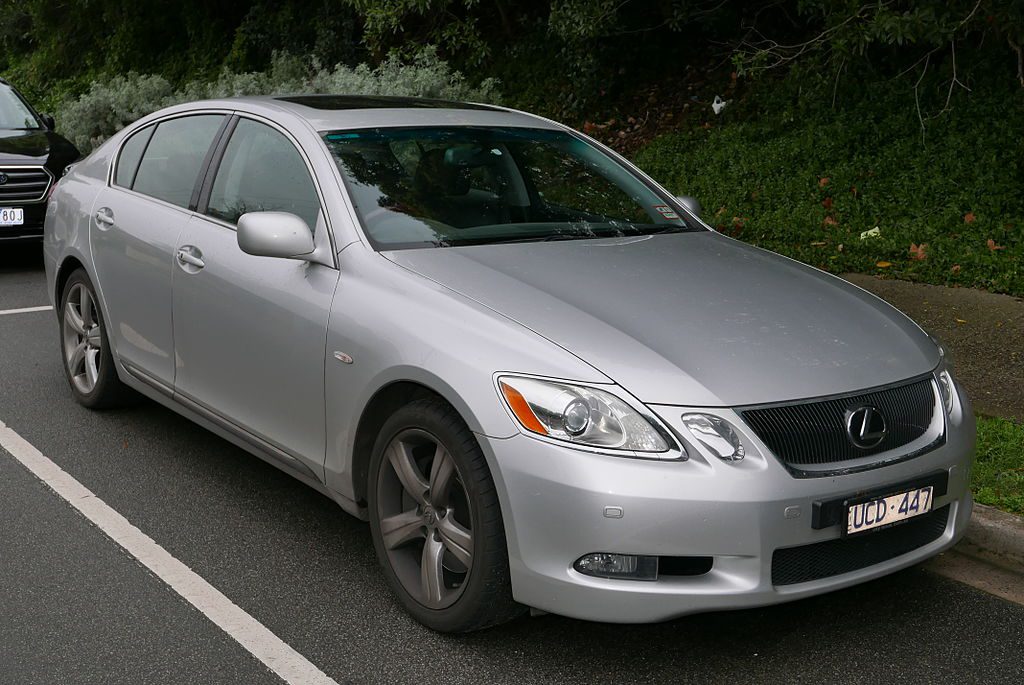In our series of car cultures around the world/international street scenes, after Morocco, Africa and Monaco, Europe we’re going to yet another entirely different car culture: that of Japan. And the streets of Japan are filled with models you won’t find anywhere else, it’s an entirely different sight from the rest of the world.
Suzuki Lapin and Suzuki Alto Kei cars, Honda Vamos Kei firetruck
For starters, there are the dozens of “Kei” cars and trucks. These are tiny cars that get certain tax benefits in Japan, but are limited in size, engine displacement and power: 3,4 meters in length (11.2 ft) and no more than 1,48 meters wide (4.9 ft), with an engine of 660 cc pumping out 47 kW (64 hp) max. More than 40% of the new cars sold in Japan falls within these limits, which calculates to more than 2 million Kei cars a year, which is more than all the cars sold in France in a year. Some of these vehicles have been exported to Europe and other countries, although they mostly featured larger engines for export markets. The only foreign manufacturer to ever have sold a Kei car in Japan was Smart, which in the early 2000’s made a special version of its Fortwo to fall within these limits, but it sold poorly.
Mini Coupe, Lexus GS and Toyota Alphard
You won’t see many foreign cars in Japan at all, as domestic manufacturers hold more than 90% of the market, with Toyota (including Daihatsu and Lexus) taking almost half of that pie. Only a few dozen South Korean cars are imported per year and besides Jeep no more than a few hundred American cars. That’s on a total market of over 5,5 million units a year! Most imported cars are European, especially the German brands, Volvo and Mini, with the French and Italians at a distance. In fact, Mercedes-Benz is the best selling luxury brand in Japan, ahead of Lexus, which has only been launched in Japan just ten years ago. Its models were sold under the Toyota brand, but in 2005 Lexus became a stand-alone luxury brand in its home market.
The Japanese drive on the left side of the road, with right-hand drive cars, like in the UK, Australia, Indonesia and a few other countries. However, the Japanese are crazy about special editions or custom-made models so you’ll still see quite a few left-hand drive cars, because those are considered extra special / limited edition.
What struck me most is how well behaved the Japanese motorists are: they strictly stick to the rules and are very courteous. I haven’t seen a single aggressive driver and if you make a mistake or if you’re in the way for a few moments while there’s a line behind you, nobody yells, honks or sticks a finger to you.
 Toyota Crown Classic taxis in Nagoya, Japan
Toyota Crown Classic taxis in Nagoya, Japan
The same goes for the taxi drivers, I was amazed by their professionalism. 90 percent of the taxis in Nagoya (and I guess almost all of Japan) are Toyota Crown Classic taxis, with a handful of its equivalent Nissan Cedric taxi. The cars are well-maintained and meticulously clean and the drivers are friendly and drive very smoothly. They all wear a suit and some of them even wear driving gloves and a hat. It’s such an amazing contrast with most taxis in the rest of the world. They even have automatic read doors, which the driver can open and close with the touch of a button, so the passenger doesn’t have to do that himself.
One note about the photo report: I was so busy trying to find rare European cars that I forgot to take a lot of pictures of JDM (Japanese Domestic Market) models, sorry.









